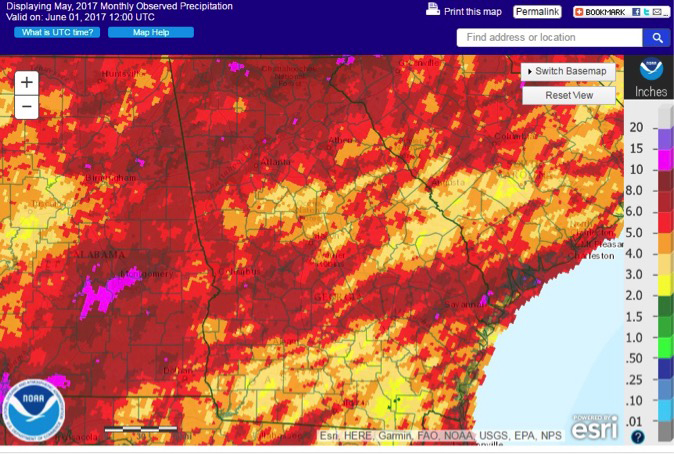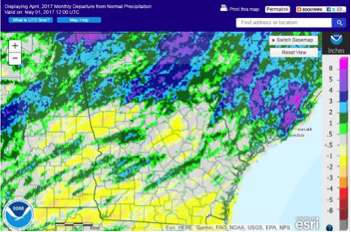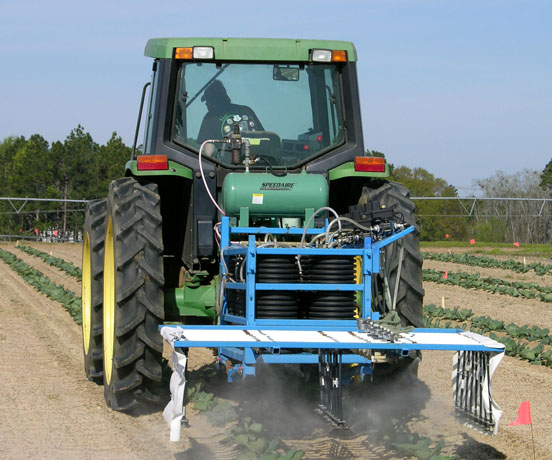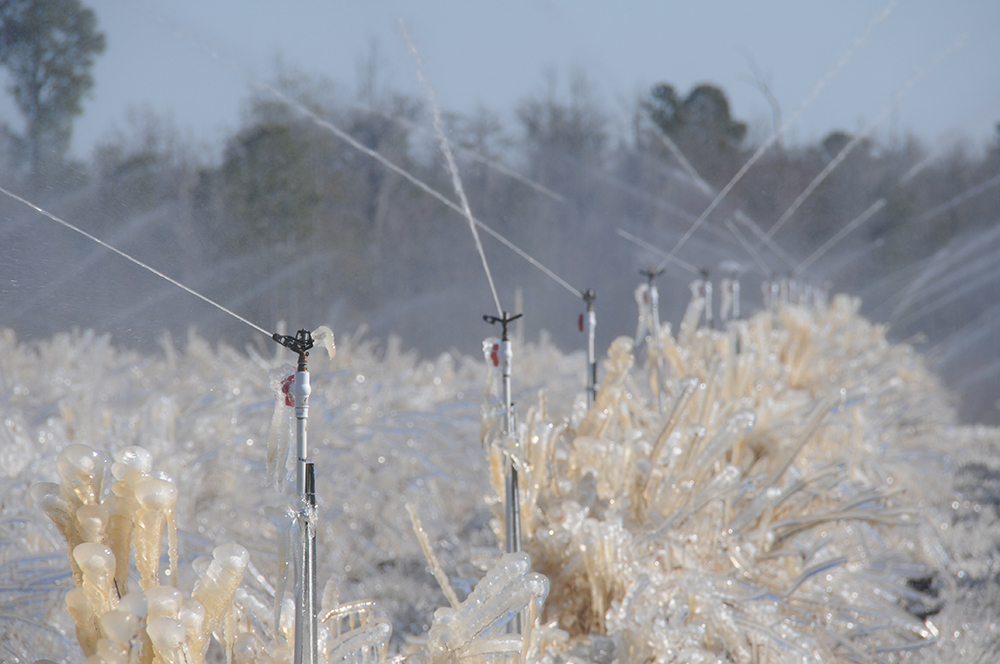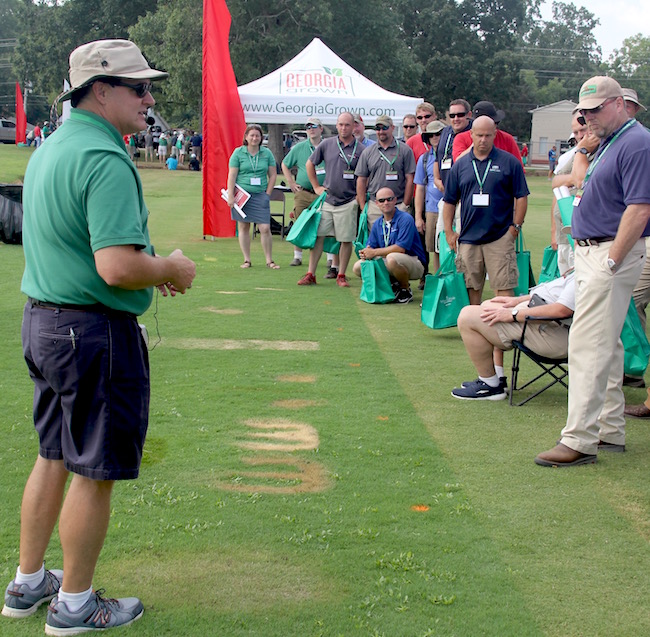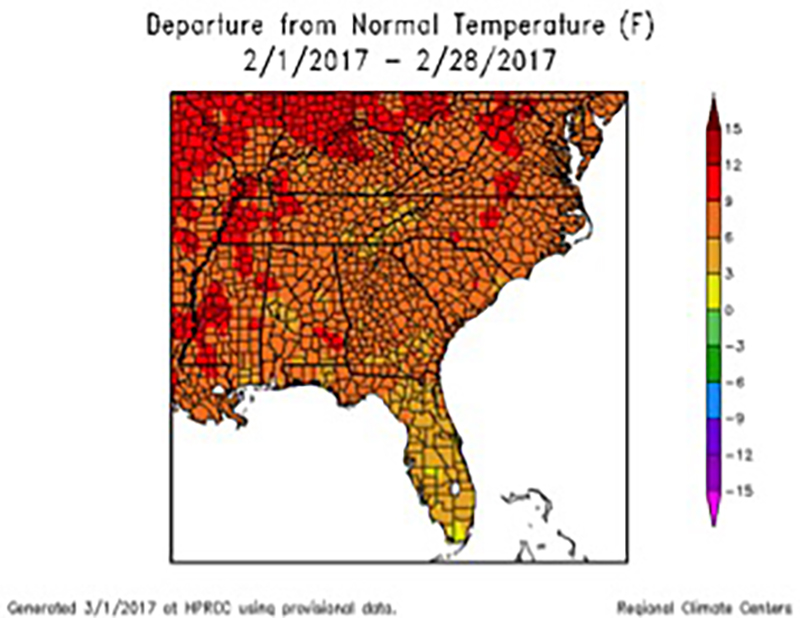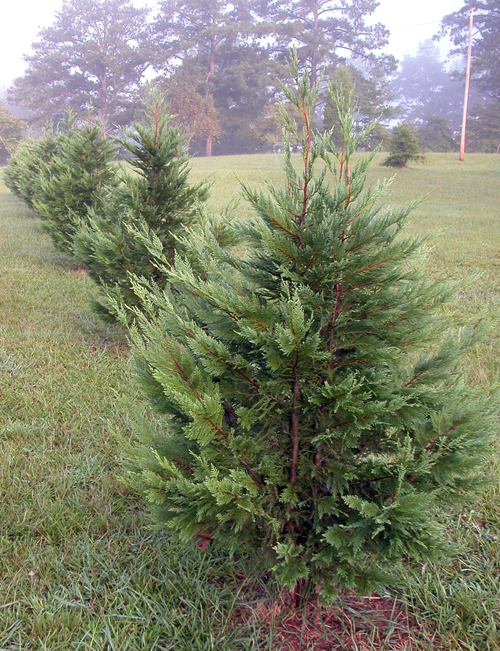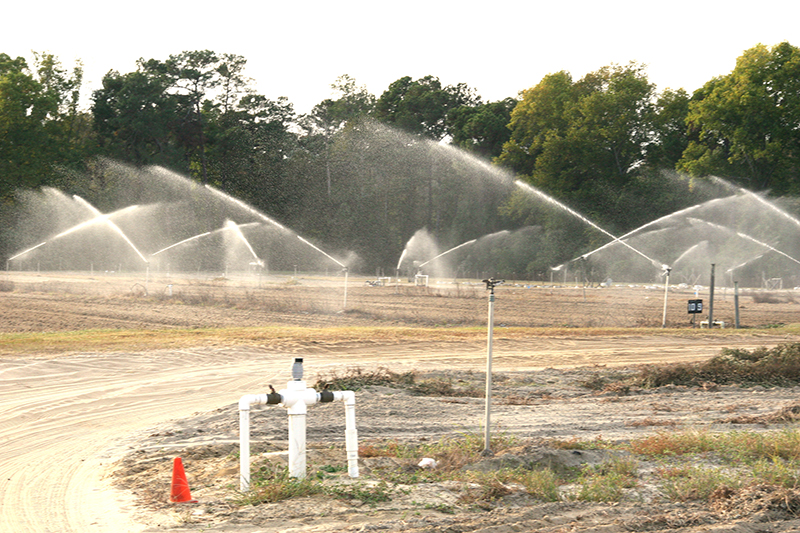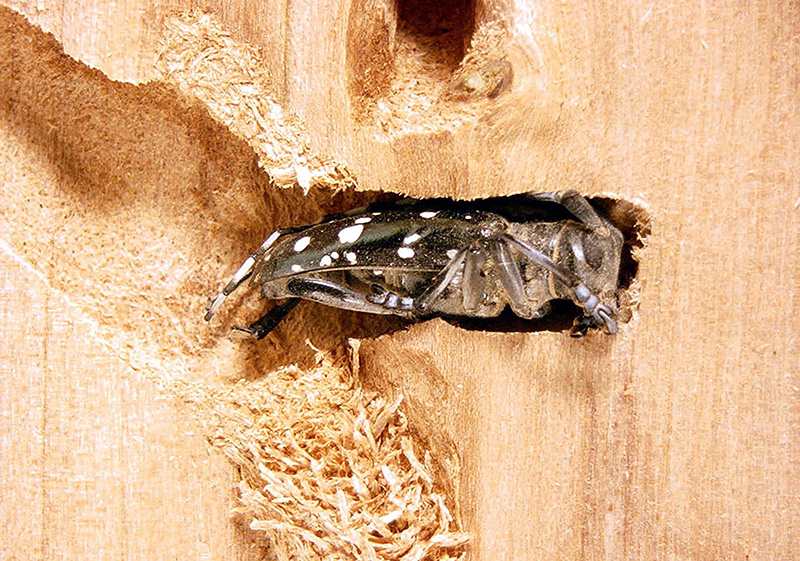 CAES News
CAES News
Invasive Species
Over the next 10 years, the number of cargo containers operating out of the Port of Savannah, Georgia, is expected to double. While additional cargo means increased revenue for the state, Chuck Bargeron, associate director of the University of Georgia Center for Invasive Species and Ecosystem Health, is concerned it could also lead to the establishment of more invasive species.

